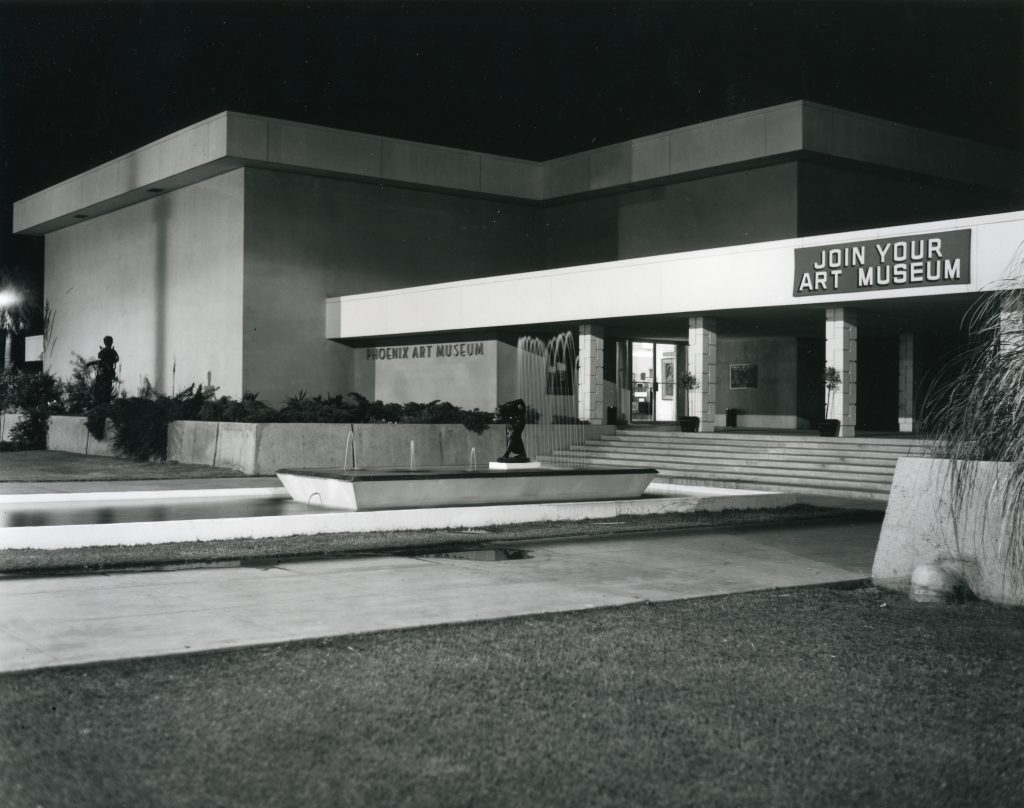Cet article est à retirer en magasin UNIQUEMENT !
Le banc à plateforme (1946) de George Nelson est l'une des grandes icônes du modernisme du milieu du siècle. Pour l'influent directeur du design d'Herman Miller® , l'utilité était aussi importante que la beauté, et ce banc rectangulaire épuré est le fruit de cette conviction. Il peut aussi bien servir de table, de piétement à plateforme ou d'assise, selon les besoins et la situation. Il n'est pas étonnant qu'il soit qualifié d'intemporel ; une fonctionnalité aussi intemporelle est indémodable. Les pieds du banc à plateforme sont noircis et assemblés par entures multiples pour une résistance accrue. Il s'agit de l'authentique banc Nelson produit par Herman Miller® . Fabriqué aux États-Unis.

Collections: Vente
Les frais d'expédition et de manutention varient en fonction du poids et de la destination. Toutes les commandes sont expédiées par USPS ou UPS. Dans la mesure du possible, nos commandes sont emballées avec des matériaux recyclés afin de réduire les déchets et les coûts supplémentaires. Pour les commandes supérieures à 150 $, nous pouvons exiger une signature, à notre discrétion.
Nous proposons des livraisons express par UPS en 2 et 3 jours ouvrés. Nous proposons également des livraisons par USPS Priority Mail (1 à 3 jours ouvrés vers la plupart des destinations aux États-Unis).
Nous expédions toutes les commandes internationales avec suivi à votre adresse via USPS. La plupart des produits peuvent être expédiés à l'international. Le destinataire est responsable de tous les droits de douane, taxes et TVA applicables, perçus par le transporteur à la livraison. Les frais de livraison sont calculés en fonction du poids et de la destination.
Pour plus d'informations, veuillez contacter la boutique du musée à store@phxart.org.
Le retrait en magasin est gratuit pour la plupart des articles. Il suffit de sélectionner l'option « Retrait » au moment du paiement. Une notification par courriel est envoyée dès que les articles sont emballés et prêts à être retirés.
Le retrait est possible du mercredi au dimanche, de 10h à 17h. Rendez-vous à la boutique du musée ou garez-vous près de la sculpture rouge du dinosaure, côté nord du musée, et appelez le 602-257-2182 à votre arrivée. Nous pouvons vous apporter vos articles.
Une notification par e-mail supplémentaire sera envoyée pour tout article non récupéré après 10 jours suivant la réception de la commande.
Les commandes non récupérées après 20 jours suivant la réception de la commande recevront une notification finale par e-mail.
Les articles non récupérés après 30 jours de réception de la commande seront considérés comme abandonnés et traités comme un don au Musée.
Veuillez inspecter votre commande à la livraison. Si vous n'êtes pas entièrement satisfait de votre achat, vous pouvez le retourner pour un remplacement, un échange ou un remboursement dans les 30 jours suivant l'achat, en joignant le reçu original et l'étiquette du produit.
Les articles en liquidation et les consommables tels que les vernis à ongles et les parfums sont en vente finale et non retournables. Les bénéficiaires d'un cadeau recevront un avoir sous forme de carte-cadeau de la boutique du musée.
Retours de la boutique du musée
1625 N Central Avenue
Phoenix, Arizona 85004
Tél. 602-257-2182
Phoenix Art Museum, both as an institution and a structure, has evolved through distinct expansions over more than half a century. Initially designed in the 1950s by Frank Lloyd Wright apprentices Alden B. Dow and Blaine Drake, the museum was completed in 1959 as part of the Phoenix Civic Center complex. This complex also included the Phoenix Little Theater and the Phoenix Central Public Library.
Situated at the northeast corner of Central Avenue—Phoenix’s primary north-south thoroughfare—and McDowell Road, the Civic Center originally featured three low, horizontally oriented, stucco-clad modern buildings, each dedicated to one of the institutions. These buildings were interconnected by ramadas and surrounded by landscaped courtyards. The main structures formed a large central courtyard, with the library positioned on the southern side along McDowell Road, the art museum to the northwest along Central Avenue, and the theater to the northeast at the rear of the site.
Phoenix Art Museum, both as an institution and a structure, has evolved through distinct expansions over more than half a century. Initially designed in the 1950s by Frank Lloyd Wright apprentices Alden B. Dow and Blaine Drake, the museum was completed in 1959 as part of the Phoenix Civic Center complex. This complex also included the Phoenix Little Theater and the Phoenix Central Public Library.
Situated at the northeast corner of Central Avenue—Phoenix’s primary north-south thoroughfare—and McDowell Road, the Civic Center originally featured three low, horizontally oriented, stucco-clad modern buildings, each dedicated to one of the institutions. These buildings were interconnected by ramadas and surrounded by landscaped courtyards. The main structures formed a large central courtyard, with the library positioned on the southern side along McDowell Road, the art museum to the northwest along Central Avenue, and the theater to the northeast at the rear of the site.
Les membres du Phoenix Art Museum économisent 10 % sur toutes les marchandises à prix régulier !
Les membres du Phoenix Art Museum économisent 10 % sur toutes les marchandises à prix régulier !
Receive fun and informational emails about art-inspired gifts, free shipping days, sales and more! You'll receive between 2 and 3 emails per month throughout the year, plus a few extra during special shopping holidays.
